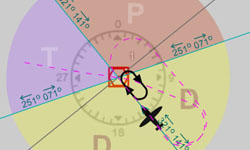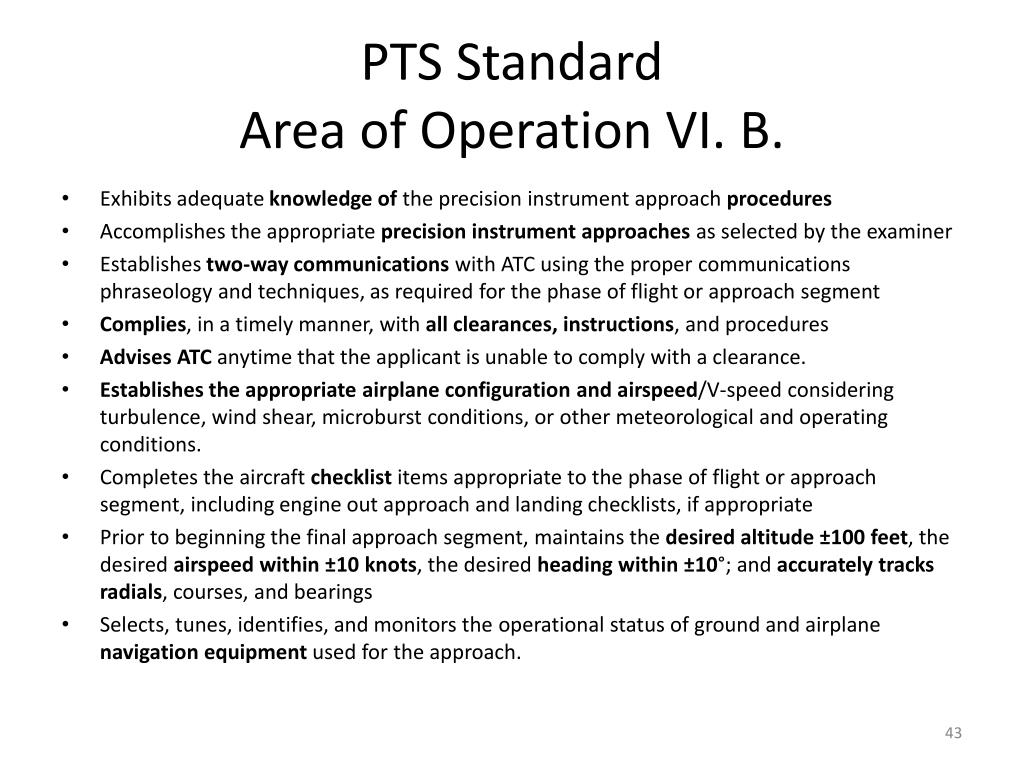

The notice recommended that pilots review the guidance contained in the Aeronautical Information Manual (AIM) and be “continually aware of the conditions under which critical area protections are imposed and whether or not the ILS fluctuations are likely caused by movement through the ILS critical area or an actual equipment malfunction.” Partial Protection “This well-known phenomenon may occur when aircraft or vehicles are moving through the ILS localizer and/or glideslope critical areas and is due to interference with the ILS signals,” the notice said, adding that in several of the reported incidents, pilots were conducting coupled approaches, and the autopilots tracked the distorted ILS signals, causing excessive pitch and roll excursions.

The notice said that there had been several recent reports by pilots and air traffic controllers about fluctuations of glideslope and/or localizer indications in aircraft on ILS approaches. Federal Aviation Administration (FAA) in April to issue a notice “to remind operators of the potential for erroneous glideslope and/or localizer indications caused by movement of aircraft or equipment through ILS critical areas.” 2 Tower personnel told the crew that, because of the weather conditions - 2 1/2 mi (4,000 m) visibility in snow and a 1,500-ft overcast ceiling - they were not required to protect the ILS critical area.

The anomaly likely was caused by disruption of the glideslope signal by a large cargo aircraft holding for takeoff on Runway 28. “While leveling, I saw the glideslope indicator go back to the correct indication of full-up,” the pilot said. The airplane pitched nose-down and descended 100 ft before the pilot flying disengaged the autopilot and hand flew the airplane back to the appropriate altitude. They had established their large air carrier aircraft on the localizer during a coupled instrument landing system (ILS) approach to Chicago O’Hare International Airport’s Runway 28 and were awaiting glideslope interception when their glideslope course deviation indicators (CDIs) abruptly moved from the full-up position to full-down.
#ILS VS LOCALIZER FULL#
"Dots out" may be a common measure pilots use to measure their tracking skills, but review the lateral displacements those dots represent.įly PTS-grade practice approaches, and if the CDI deflects full scale, it’s time to miss.The flight crew was in for a surprise. With a maximum one-quarter scale deflection maintained, “the aircraft will be aligned with the runway,” explains the Instrument Flying Handbook. On most localizer courses, full deflection indicates 2.5 degrees. In VOR navigation, full deflection "indicates the aircraft is 12 degrees or more off course." (To review: At 60 miles, a degree off course equals a mile off course.)

Recall an instrument rating practical test standard: A three-quarters scale or more CDI deflection is unacceptable. Here’s how powerful: "I did recognize I was being affected by the leans but I felt I could not trust my instruments," the instructor wrote.įortunately, training allowed a root navigation concept show the path out of danger: When the CDI became fully deflected, time was up for troubleshooting a glitchy GPS. Pilots learn in primary training that vertigo is a powerful distracter. But with the course deviation indicator fully deflected, the instructor informed ATC of the problem and requested vectors to the missed-approach navaid-wisely preselected in the No. The back-seater pitched in, helping the multi-student set up the approach. But with vertigo, "It was taking almost all my attention to just fly the plane let alone troubleshoot the NAV/GPS issues." According to the moving map I was right where I was supposed to be, but the HSI was showing the localizer and the glideslope were not coming in."ĪTC provided vectors. "This is where it gets embarrassing," the instructor wrote in an Aviation Safety Reporting System narrative. After the aircraft entered IMC, the instructor, who had been letting the multi student fly from the right seat, resumed the controls, and was trying to select the approach in the GPS. "Trust the instruments," the multiengine student said.


 0 kommentar(er)
0 kommentar(er)
